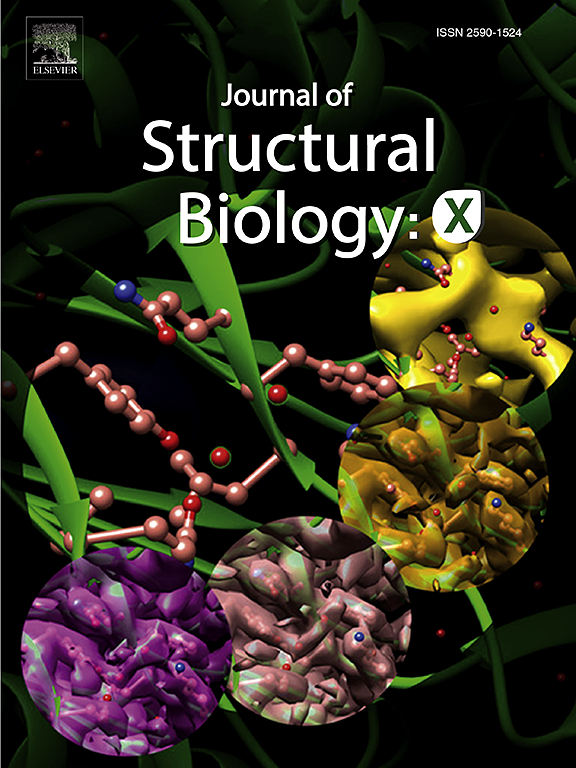骨唾液蛋白在骨愈合中的作用
IF 2.7
3区 生物学
Q3 BIOCHEMISTRY & MOLECULAR BIOLOGY
引用次数: 0
摘要
骨硅蛋白(BSP)是一种与矿化组织(尤其是骨和骨水泥)相关的多功能细胞外基质(ECM)蛋白。BSP 的氨基酸序列包括三个进化保守的功能域,这些功能域有助于发挥该蛋白的功能:N 端胶原结合域、参与羟基磷灰石成核和晶体生长的多谷氨酸(polyE)序列以及 C 端精氨酸-甘氨酸-天冬氨酸(RGD)整合素结合域。BSP 可促进成骨细胞和破骨细胞的附着和分化。对小鼠进行 BSP 基因消减会导致骨骼和牙齿发育缺陷以及颌骨附骨和牙槽骨的骨愈合受损。有几项研究表明,BSP 对啮齿动物模型的骨愈合有积极作用,但其他实验的结果却微乎其微。与胶原交联的原生(从大鼠骨骼中提取)BSP 能使大鼠腓骨愈合略有改善。用聚乳酸(PLA)圆筒输送重组 BSP 和胶原蛋白可改善大鼠股骨的骨缺损愈合。在胶原凝胶中输送的原生和重组 BSP 均能改善野生型和 BSP 缺陷小鼠的牙槽骨愈合。这些进展表明,BSP 是骨愈合中的新角色,有可能成为其他生物活性因子的替代品或补充品。未来的研究有必要了解 BSP 如何影响骨愈合的机制,并优化不同类型骨缺损和骨损伤的给药方式和剂量。本文章由计算机程序翻译,如有差异,请以英文原文为准。
The role of bone sialoprotein in bone healing
Bone sialoprotein (BSP) is a multi-functional extracellular matrix (ECM) protein associated with mineralized tissues, particularly bone and cementum. The amino acid sequence of BSP includes three evolutionarily conserved sequences which contribute to functions of the protein: an N-terminal collagen-binding domain, polyglutamic acid (polyE) sequences involved in hydroxyapatite nucleation and crystal growth, and a C-terminal arginine-glycine-aspartic acid (RGD) integrin-binding domain. BSP promotes attachment and differentiation of osteogenic and osteoclastic cells. Genetic ablation of BSP in mice results in skeletal and dental developmental defects and impaired bone healing in both appendicular bone and alveolar bone of the jaw.
Several studies demonstrated positive effects of BSP on bone healing in rodent models, though other experiments show negligible results. Native (harvested from rat bones) BSP cross-linked to collagen induced slight improvements in calvarial bone healing in rats. Recombinant BSP and collagen delivered in a polylactide (PLA) cylinder improved bone defect healing in rat femurs. Both native and recombinant BSP delivered in a collagen gel improved alveolar bone healing in wild-type and BSP-deficient mice. These advances suggest BSP is a new player in bone healing that has potential to be an alternative or complimentary to other bioactive factors. Future studies are necessary to understand mechanisms of how BSP influences bone healing and optimize delivery and dose in different types of bone defects and injuries.
求助全文
通过发布文献求助,成功后即可免费获取论文全文。
去求助
来源期刊

Journal of structural biology
生物-生化与分子生物学
CiteScore
6.30
自引率
3.30%
发文量
88
审稿时长
65 days
期刊介绍:
Journal of Structural Biology (JSB) has an open access mirror journal, the Journal of Structural Biology: X (JSBX), sharing the same aims and scope, editorial team, submission system and rigorous peer review. Since both journals share the same editorial system, you may submit your manuscript via either journal homepage. You will be prompted during submission (and revision) to choose in which to publish your article. The editors and reviewers are not aware of the choice you made until the article has been published online. JSB and JSBX publish papers dealing with the structural analysis of living material at every level of organization by all methods that lead to an understanding of biological function in terms of molecular and supermolecular structure.
Techniques covered include:
• Light microscopy including confocal microscopy
• All types of electron microscopy
• X-ray diffraction
• Nuclear magnetic resonance
• Scanning force microscopy, scanning probe microscopy, and tunneling microscopy
• Digital image processing
• Computational insights into structure
 求助内容:
求助内容: 应助结果提醒方式:
应助结果提醒方式:


